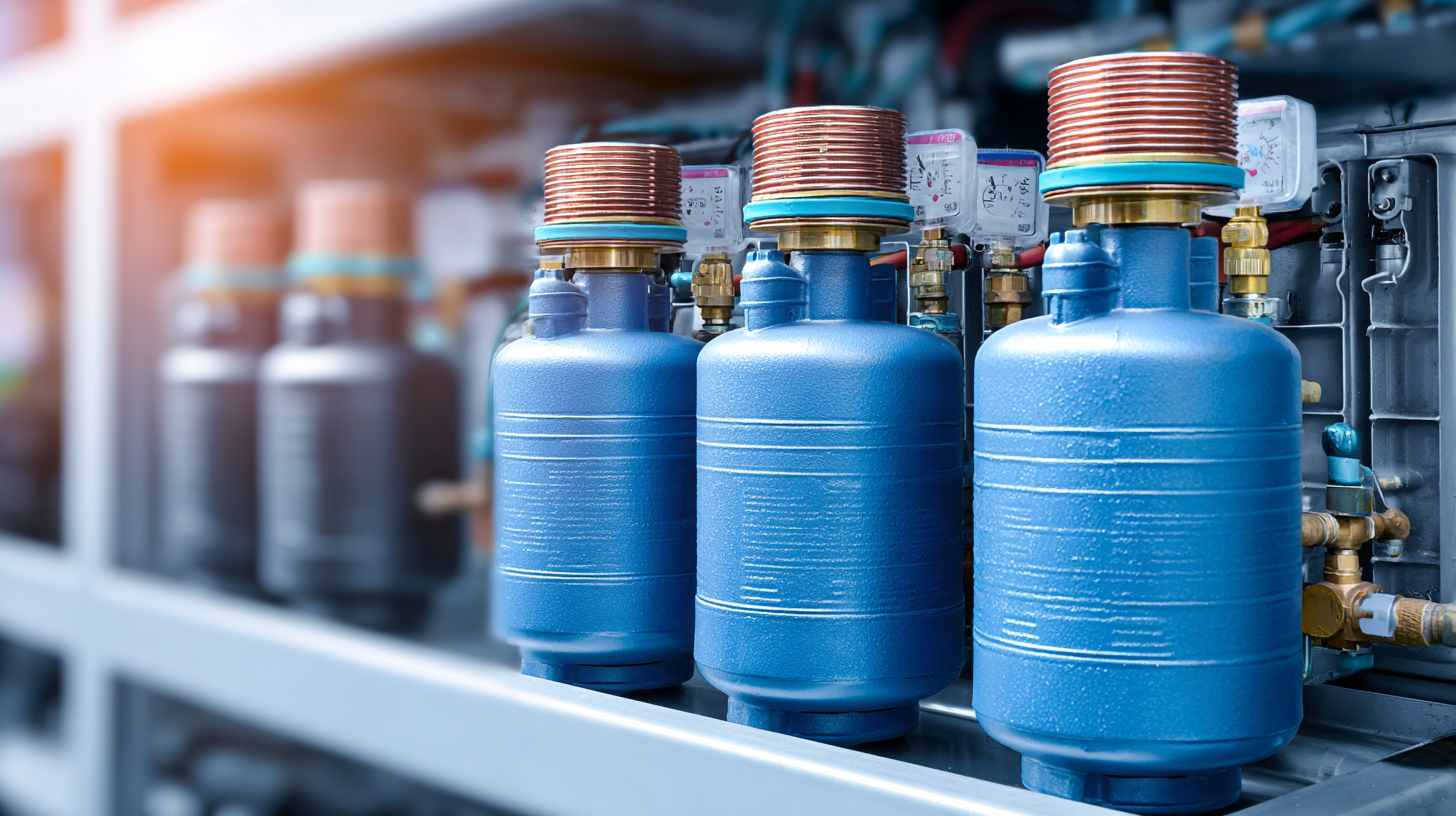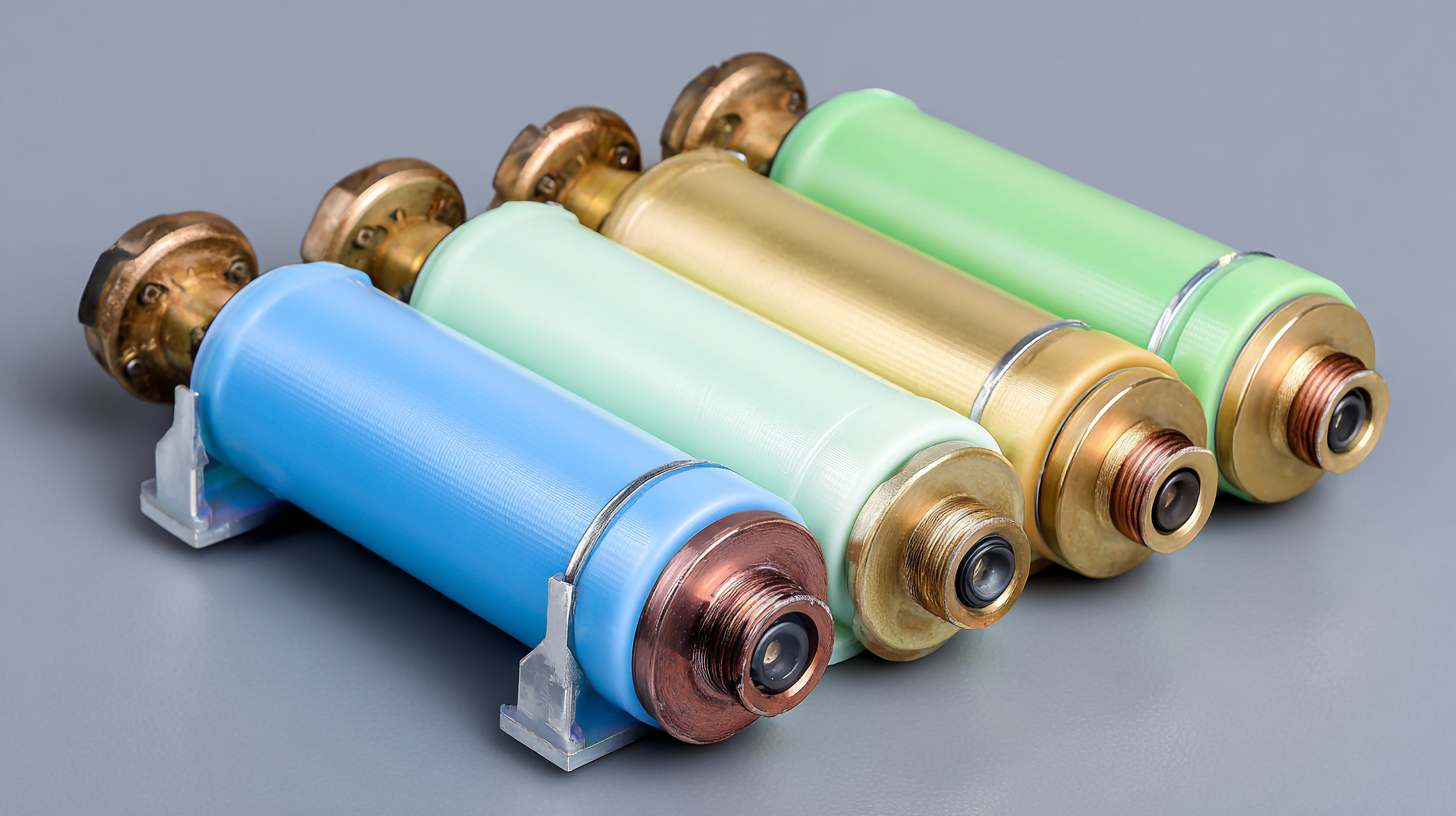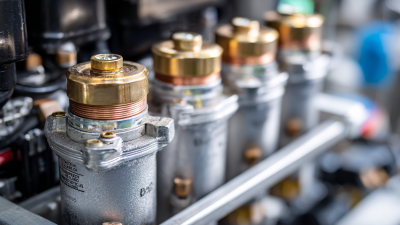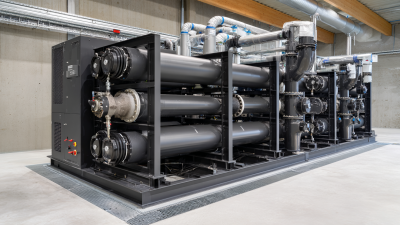
The efficient operation of HVAC systems is crucial for energy conservation and environmental sustainability, and one essential component in this regard is the Refrigerant Filter Drier. According to the U.S. Department of Energy, approximately 30% of energy use in commercial buildings can be attributed to HVAC systems, underscoring the need for effective moisture and contaminant control. Refrigerant Filter Driers play a pivotal role in maintaining system efficiency by removing impurities from the refrigerant, thereby preventing system damage and ensuring optimal performance. The American Society of Heating, Refrigerating and Air-Conditioning Engineers (ASHRAE) reports that properly functioning filtration systems can extend the life of HVAC equipment by up to 25%, signifying the importance of these components in the overall health of HVAC systems. In this comprehensive guide, we will explore the various types, functions, and installation procedures of Refrigerant Filter Driers, providing valuable insights for both professionals and property owners looking to enhance their system's reliability and efficiency.

 Refrigerant filter driers play a crucial role in HVAC systems by ensuring the efficiency and longevity of these systems. They serve to remove moisture and contaminants from refrigerants, which can otherwise lead to significant damage, such as compressor burnout or system blockages. A well-functioning filter drier helps maintain optimal system pressure and keeps refrigerants clean, allowing HVAC systems to operate smoothly.
Refrigerant filter driers play a crucial role in HVAC systems by ensuring the efficiency and longevity of these systems. They serve to remove moisture and contaminants from refrigerants, which can otherwise lead to significant damage, such as compressor burnout or system blockages. A well-functioning filter drier helps maintain optimal system pressure and keeps refrigerants clean, allowing HVAC systems to operate smoothly.
Regular maintenance of refrigerant recovery machines, akin to the upkeep of HVAC systems, is essential for preventing potential issues. One effective troubleshooting method for identifying problems with a filter drier is observing the sight glass. If there is a noticeable refrigerant flash or a change in visibility post-filter drier, it may indicate the unit is starting to clog.
This can lead to increased pressure drops, further stressing the compressor, and ultimately impacting the entire HVAC system’s performance. Thus, integrating regular checks on filter driers into maintenance routines can significantly enhance the reliability of HVAC operations.
Refrigerant filter driers play a critical role in enhancing the efficiency and longevity of HVAC systems. These essential components work by removing moisture and contaminants from the refrigerant, which can significantly impact the performance of the overall system. By ensuring that the refrigerant circulates cleanly, filter driers help prevent corrosion, freezing, and other issues that can lead to system failures, thereby extending the lifespan of HVAC equipment.
In addition to safeguarding against potential damage, filter driers contribute to optimal energy efficiency. A clean and moisture-free refrigerant allows the HVAC system to operate at its designed efficiency levels, minimizing energy consumption. This reduction in energy usage not only leads to cost savings for consumers but also promotes environmental sustainability by lowering overall energy demand.
By regularly maintaining and replacing filter driers, HVAC systems can achieve improved performance metrics, underscoring the value of these components in both enhancing reliability and reducing operational costs.
Refrigerant filter driers play a crucial role in HVAC systems, primarily by controlling moisture within the refrigerant. Excess moisture can lead to corrosion in metal components and deteriorate the overall efficiency of the system. When moisture enters the HVAC system, it can react with refrigerants, forming acids that corrode the internal surfaces of compressors and evaporators. This reactive process not only jeopardizes the integrity of these components but also results in costly repairs and increased downtime.
Moreover, the presence of moisture can cause the refrigerant to break down, resulting in diminished system performance and increased energy consumption. A refrigerant filter drier effectively traps moisture and filters out contaminants, ensuring that the refrigerant circulates in a clean and dry state. By maintaining optimal moisture levels, these devices extend the lifespan of HVAC systems and enhance their operational reliability. Therefore, understanding the impact of moisture control through filter driers is essential for preventing system corrosion and refrigerant breakdown, ultimately leading to more efficient and sustainable HVAC operations.
When selecting the right refrigerant filter drier for HVAC systems, several critical factors should be taken into account to ensure optimal performance. First, consider the type of refrigerant used in your system. Different refrigerants may require specific filter drier compatibility to perform efficiently and safely. It's essential to choose a drier that can effectively handle the chemical properties of the refrigerant to avoid potential reactions that could impair system efficiency.

Another important factor to consider is the drier's capacity, which is determined by the system's size and operating conditions. Filter driers come in various sizes and specifications, so it’s crucial to select one that matches the refrigerant flow rate and volume of the system. Additionally, look for features such as moisture adsorption capability and particulate filtration performance. Higher-quality driers often incorporate advanced materials that provide better filtration and moisture adsorption, ensuring the longevity and reliability of the HVAC system. Ultimately, the right filter drier selection will contribute to enhanced system efficiency and reduced maintenance costs.
Refrigerant filter driers play a crucial role in maintaining the efficiency and longevity of HVAC systems. To ensure these components operate effectively, regular maintenance is essential. One key tip is to monitor the pressure levels within the system. High pressure can indicate that the filter drier is becoming saturated and needs replacement. Regularly checking these levels can help prevent costly breakdowns and ensure optimal performance.
Another important maintenance tip is to schedule routine inspections. Technicians should examine filter driers for signs of wear and tear, such as leaks or blockages. Cleaning or replacing the filter drier as needed can significantly improve system efficiency. Additionally, keeping the HVAC system clean and ensuring proper airflow can help reduce the load on filter driers, ultimately prolonging their lifespan.
Lastly, always refer to manufacturer guidelines for specific maintenance intervals and replacement recommendations. Keeping records of maintenance activities can also aid in identifying patterns that suggest when a filter drier may need attention. By following these tips, HVAC system owners can maintain the reliability and effectiveness of their refrigerant filter driers.
This bar chart demonstrates the effectiveness rating of various maintenance tasks for refrigerant filter driers in HVAC systems. Regular monthly checks and quarterly maintenance ensure higher effectiveness, while emergency services show a lower effectiveness rating due to the reactive nature of the service.







